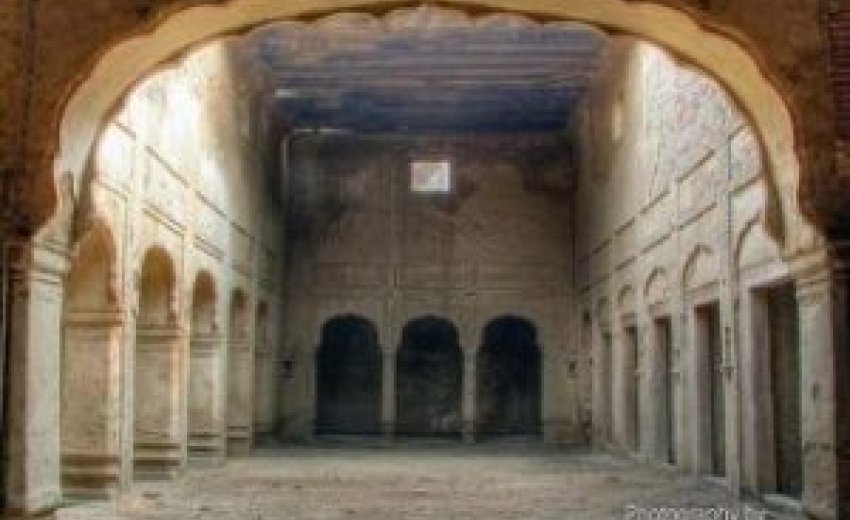 |
| * The fort is a unique combination of Mughal architecture, Sikh artwork * The Ministry of Cultureis to contribute $190,000 for the preservation project |
Nov 1, 2010-LAHORE: The US embassy, in collaboration with the Federal Archaeology Department, is all set to restore the neglected Sheikhupura Fort, a national monument. It seeks support for a three-year initiative to restore, conserve and protect the historical garrison.
The Sheikhupura fort is a high priority cultural site for the Pakistan Ministry of Culture and the Archaeology Department.
The restoration and conservation project is focused on architectural preservation and would encompass historical research and conservation technology.
The project’s large-scale impact and efforts would provide an opportunity to promote importance of the country’s cultural heritage, and would strengthen academic and cultural ties between US and Pakistani scholars. Sources told Daily Times that the US embassy has allocated Rs 1 million for the project, while the Archeology Department provided Rs 16 million to restore the fort.
The official said the fort is unique as it is a symbol of both the Mughul and Sikh culture. Its construction and early use began under the Mughul era, which is reflected in the fort’s architecture and external design. Cultural elements of the Sikh era are also present in the artwork and internal design of the buildings, which had been constructed during the period.
Although the government had recognised Sheikhupura Fort as a national monument following independence, the resources needed to restore its cultural prominence had not been available previously. It is pertinent to mention here that the historical significance of the fort is its merging of the cultures of the Mughal and Sikh eras, as well as the historical role it played in the region beginning in the 17th century. Besides showcasing Mughul architecture, the fort also houses prime examples of Sikh fresco work in Punjab. This region has few examples that display such a distinctive array of fresco work reflecting the era’s craftsmanship and portraying folk stories depicting the time’s secular beliefs.
Although, the fort is based on Mughul era design, it was later used as a power base and home to Sikh rulers. During that period, the Sikh art had become a central element and the fort served various administrative and military functions as well.
It was only after the creation of Pakistan that the fort was recognised as a national monument. Its restoration and preservation would merge significant cultural eras and would provide an opportunity to showcase and recognise the importance of cultural heritage and history. The Ministry of Culture is also a partner in the project and would contribute 16 percent of the total project costs, or approximately $190,000.
The fort was built by Mughul Emperor Jahangir. The remains of the early fort consist of a fortress wall with several bastions and a main gateway.
The end of the Mughul era century ushered in a number of Sikh clans who sought control of the region. Located in the heart of Sikh insurgency, the fort changed hands between rival Sikh clans. It was occupied and captured by several Sikh leaders before consolidation of Sikh power under Ranjit Singh in the early 18th century.

